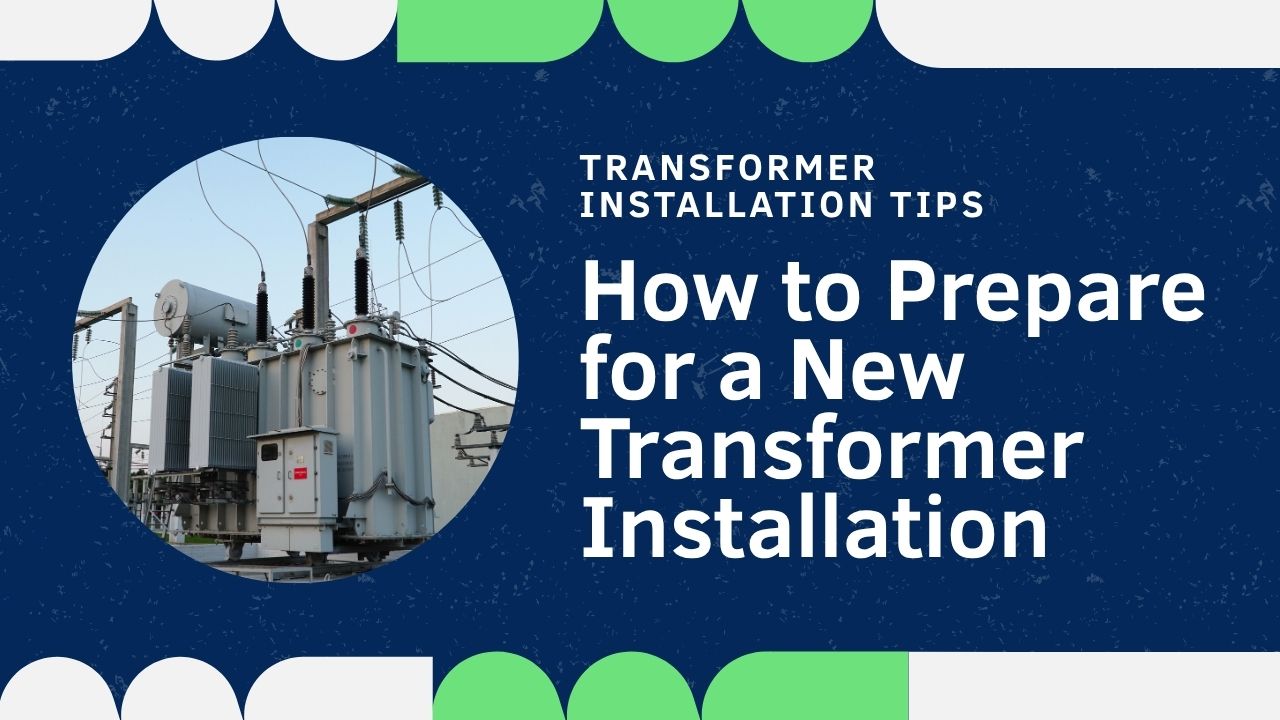

Installing a new transformer rarely feels simple.
Even if the specs match, the environment rarely does. Clearances shift. Cable entries reroute. Load patterns evolve. And the smallest oversights often show up only after energization.
If your site already runs round the clock, planning around an installation becomes even tighter. Which makes prep work less about paperwork and more about getting real-world friction out of the way before the truck even shows up.
That’s why top transformer manufacturers in India emphasize site-specific planning and pre-installation audits to ensure a smoother, faster deployment.
Here’s how to prepare for a new transformer installation at your facility:
Before the transformer arrives, the first step is validating what it’s actually stepping into. This includes checking how the incoming supply behaves, and how the outgoing load behaves over time, not just in ideal conditions.
Look at inrush patterns, backup coordination, fault levels, and load harmonics. This gives clarity on whether the new transformer fits into your system without triggering issues upstream or downstream.
Some teams bring in third-party tests to map this out ahead of time. It often saves time later.
Transformers don’t travel light. If the base or foundation isn’t solid, level, and cured properly, you’ll run into delays.
On-site movement becomes a challenge too if space gets tight between entry points and final location.
Clear the access path of obstructions like piping, cable trays, or hanging steel. Check height allowances at doorways and corners. Even minor turns can become an issue if the maneuvering clearance was calculated too closely.
The sooner these are verified, the less last-minute lifting gear or rigging work you’ll need to scramble for.
The transformer’s cooling capacity only performs well when the space around it supports airflow. This is especially important for indoor units or locations with limited natural ventilation.
Cross-check for blocked air channels, insufficient fan clearances, or restricted oil circulation paths if ducts are involved.
Also, inspect for nearby heat sources that might interfere with temperature regulation. These adjustments often look minor, but can shift how long the unit runs within its safe temperature range on a loaded day.
Transformer installs often involve multiple crews—electrical, civil, HVAC, testing, and sometimes automation. A small misalignment in timelines or handoffs can stall the whole process.
So instead of working off assumptions, run through a shared scope walk with everyone involved.
Discuss delivery timing, crane slotting, panel tie-ins, cable routing, and power-up sequences. This coordination upfront makes the install move cleanly from one step to the next without overlaps or gaps.
Once the unit is placed and wired up, testing happens before you ever switch it on. This includes insulation checks, ratio verification, winding resistance, and grounding continuity.
Some teams also do partial discharge or thermal imaging as added validation, depending on system criticality.
Addressing test feedback immediately avoids return visits or rework.
It also lets the transformer settle into service with cleaner readings and fewer unknowns in the first few months.
The install process often moves fast, but the prep work behind it makes the real difference.
We’ve handled both supply and on-site support for installations across factories, plants, and power units.
What holds up best tends to be what was thought through early. Our projects lean on that mindset (whether we’re building a unit or advising on placement) so each transformer goes in knowing what it needs to do, where, and how.
Get in touch with us to know more.